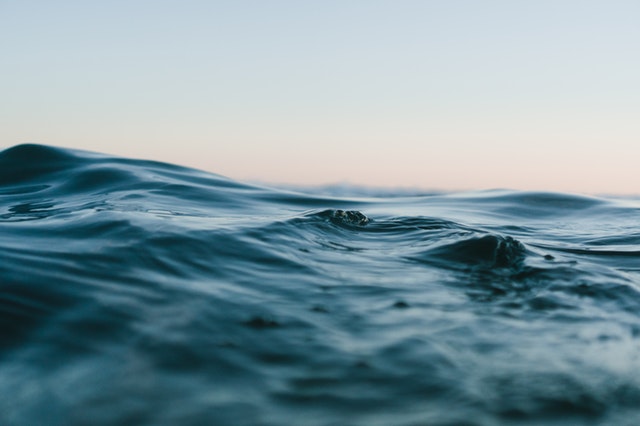Executive Summary
A TV news story on water is a short, accurate, factual report that is linked to water management, weather conditions, business or political or social developments.
The following factsheet provides you with guidance on the format and key questions that should be answered through the content of TV news stories.
Introduction
TV-News has experienced a remarkable increase in significance after CNN was founded in 1980 as the first TV station broadcasting only news 24/7. Al Jazeera followed in 1996, and today TV news channels are one of the most important source of information for the international public.
A news story’s main function is to inform.
A news story does not contain the writer’s opinion.
A TV news story can be read by a presenter and be accompanied by related pictures or it can be a filmed news item with a voice-over from a reporter.
How is a TV news item constructed?
A TV news item is similar to all other forms of news media, in that the most important information comes first.
Following the most important and current information come sources, background information and other developments – these proceed from most important to least important. The least important information comes at the end.
As a news item is broadcast it is accompanied by relevant pictures or visuals, such as images from a lake, a dam or a sanitation system, but not only from “talking heads” in front of a building. It is important that the words and pictures match and that they don’t give different messages.
The length of a news item depends on the format and the content. Usually a news item has a length of 20 to 60 seconds – particularly if it does not include background information or analysis.
What information is found in a TV news story?
A complete news story contains answers to the five ‘W’s and one ‘H’
- WHAT?
- WHO?
- WHERE?
- WHEN?
- WHY?
- HOW?
Not all answers may be available from the same place, at the same time. However, if the questions cannot be answered, then the news story is incomplete.
The language of a TV news item
The language of a water-related TV news item should:
- Use short and simple sentences.
- Be objective and brief.
- Avoid being overly descriptive or complex.
- Avoid too many figures, measurements, dates or other numbers.
- Avoid technical or specialist terms, or uses them sparingly.
- Avoid copying directly from news agency reports as often the language used by agencies is not suitable for broadcast news.
How is a news item presented?
The news item is introduced by a presenter using neutral and suitable language. It is important that the presenter’s own opinions are not hinted at by the way the presenter speaks or by the way they act while presenting the news item.
The news item is more important than the presenter. This is especially important when it comes to reporting on disasters or other news that evokes sympathy; the presenter shouldn’t show emotion.
The presenter’s clothing should also be “impartial” and adhere to the widely accepted standards of professional or business clothing; avoid brand-name clothes. Unusual or eye catching clothing draws the viewer’s attention away from the news item.
Checklist
- Is the news up-to-date and relevant?
- Is the latest, most important news to be found within the first lines?
- Is the news reliable and well researched; have the facts been checked?
- Has the news item been written and presented in a neutral way?
- Is the news item short?
- Is the news item being presented in the right context, within the wider news broadcast?
Shortcuts to Journalism: The Basics of Print, Online and Broadcast Reporting
When basic questions about journalism come up, this handbook, written and produced by Media in Cooperation and Transition (MICT), provides clear, brief and precise answers. Shortcuts to Journalism isn’t just for journalists – it’s also helpful for non-journalists. Download the English version here or the Arabic version here.
Schmidt, E., Tirok, M. and Bösch, M. (2016): Shortcuts to Journalism: The Basics of Print, Online and Broadcast Reporting. Berlin, Germany: Media in Cooperation and Transition gGmbH PDFBBC Academy: News Style Guide
This section of the BBC Academy website is a guide for journalists, it details many of the rules of spelling, punctuation and grammar. It also covers accuracy, fairness and impartiality.
http://www.bbc.co.uk/academy/en/collections/news-style-guide# [Accessed: 14.02.2018]This section of the BBC Academy website is a guide for journalists, it details many of the rules of spelling, punctuation and grammar. It also covers accuracy, fairness and impartiality.
What is happening to Television News?
In this report, the authors analyse what is happening to television news. They map recent changes in traditional television viewing, the rise of online video, and a range of examples of how different organisations are working with new forms of television-like news developed for a digital environment.
NIELSEN, R. K. and SAMBROOK, R. (2016): What is happening to Television News?. Reuters Institute for the Study of Journalism URL

